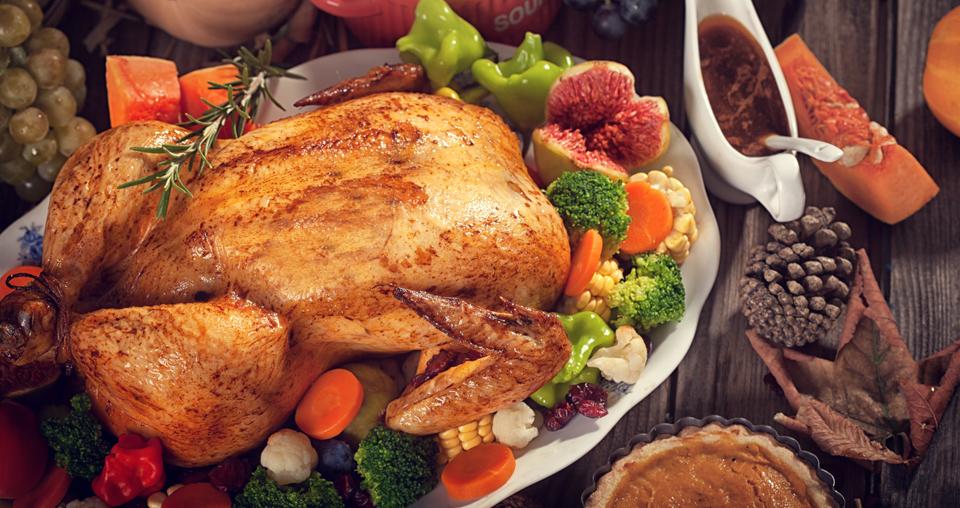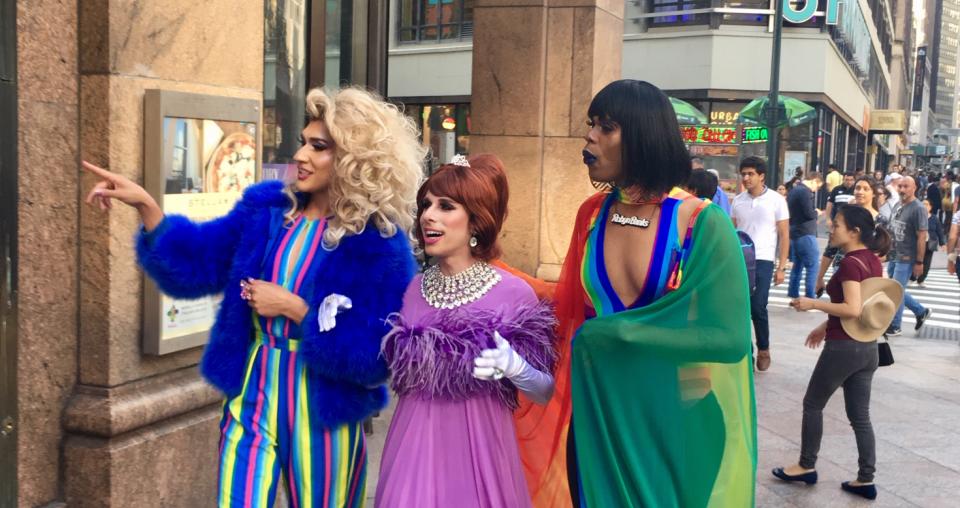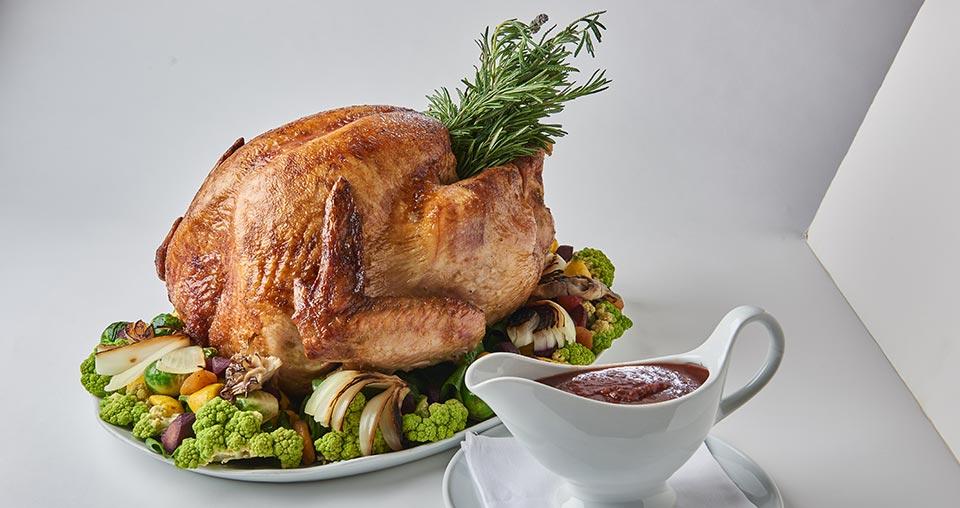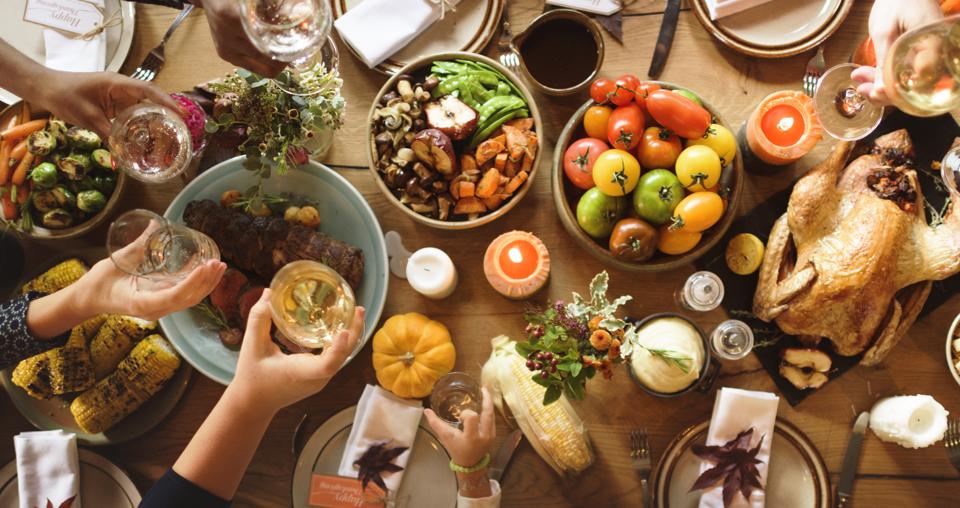
Thanksgiving Celebration Traditions All Around the World
Article
Countries around the world stage and celebrate their own thanksgiving days. Though the origins, significance and celebratory customs of these holidays differ from the American Thanksgiving, they all focus on expressing gratitude.
Thanksgiving, which takes place annually on the fourth Thursday of November, is one of the biggest national holidays in the United States and launches the holiday season. Thanksgiving has its roots in ancient harvest festivals but got its true start on the American continent with the Pilgrims, early Protestant settlers who set sail from England to seek religious freedom in a new world.
They celebrated their first successful harvest in 1621 in Plymouth, Massachusetts—the site of their settlement—with a three-day feast also attended by local Native Americans. The notion of thanksgiving days in America continued to evolve as the nation itself did, and in 1863, President Abraham Lincoln designated it a national holiday. It is still celebrated with feasting and gatherings of friends and family.
The American celebration has influenced thanksgiving traditions in many other countries.
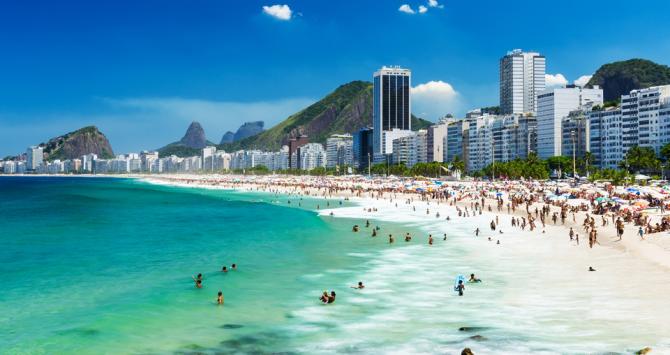
Brazilian Thanksgiving Traditions
Called Dia de Acao de Gracas, the Brazilian approach to Thanksgiving is like the American one—owing to its historical origins. Brazilian President Gaspar Dutra established the holiday in the late 1940s upon hearing the Brazilian ambassador to the United States talk about the American version. At the start, the Brazilian version of Thanksgiving was almost identical, even to the point of taking place on the same date—the fourth Thursday of November. But, over time, Brazilians infused their celebration with the own rich cultural traditions; American and Brazilian Thanksgivings are now quite distinct from one another.
The Brazilian holiday is religious in nature—an essential part of the celebration is attending Mass and offering thanks to God for the harvest bounty. The younger generation then revels in a Thanksgiving carnival or heads to the gorgeous Brazilian beaches to bask in the sun and warmth. The Brazilian thanksgiving meal is centered around peru (roast turkey) with side dishes like cracklings, salads, sweet potatoes, cornbread stuffing and pumpkin pie. Brazilians serve aboticaba sauce rather than cranberry sauce since they don’t grow cranberries.
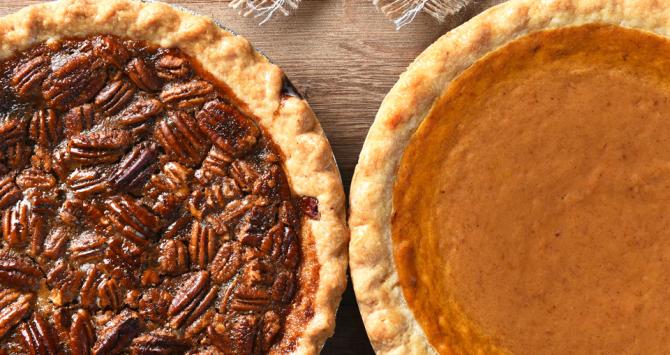
Canadian Thanksgiving
The first Canadian Thanksgiving was celebrated in 1578 in present-day Nunavut to give thanks for the safe passage of English explorer Martin Frobisher’s fleet in his expedition. French speaking citizens call the Canadian Thanksgiving l'Action de grâce. In 1879, Parliament established a national Thanksgiving Day to take place on November 6, but this date shifted over the years. Since January 31, 1957, when the Canadian Parliament announced that Thanksgiving would be ‘a day of general thanksgiving to almighty God for the bountiful harvest with which Canada has been blessed, the nation has celebrated the holiday on the second Monday in October. However, family and friends gather for the Thanksgiving meal on any one of the three days of the holiday weekend.
Just like in America, the Canadian Thanksgiving meal typically features a turkey complemented by gravy, stuffing, fall vegetables and desserts. And parades are also customary celebrations.
Chinese Thanksgiving: The Mid-Autumn Festival Celebration
Around the 15th day of the eighth month of the lunar calendar, the Chinese celebrate their annual Mid-Autumn Festival. This event usually falls in late September of early October when the moon appears full and bright. Just like the American Thanksgiving holiday, the Chinese festival originated as a day to express gratitude for the season changing and to celebrate the fall harvest. However, the Chinese holiday is a great deal older than the American Thanksgiving—its roots trace back over 2,500 years.
The meal culminates in a favorite Chinese dessert called a ‘moon cake,’ a baked confection filled with sesame seeds, ground lotus seeds and duck eggs.
German Harvest Festival: Erntedankfest
This country has an annual harvest festival called “Erntedankfest” that gives thanks for a good year and good fortune, is typically held on the first Sunday in October and is staged by Protestant and Catholic churches. Celebrations are less about family gatherings and more geared to public festivities, such as parades, fireworks, music and dancing. Harvest feasts include chickens and geese.
English Thanksgiving: Harvest Day Celebration
Britain celebrates Harvest Day and usually marks the day by bringing non-perishables to a local church and entering autumn vegetables into competitions.
Thanksgiving Day in Grenada
At the order of President Ronald Reagan who was concerned about Grenada’s political turmoil following the deaths of then Prime Minister Maurice Bishop and some of his associates, America and Caribbean military forces jointly arrived in the island nation on October 25, 1983 with the intention of restoring stability. Grateful Grenadians assembled Thanksgiving feasts for American troops across the country and since that time, October 25 was named Thanksgiving Day on the island—a national holiday of gratitude and remembrance commemorating the anniversary of the 1983 invasion that is mostly celebrated in Granada’s urban areas. Formal ceremonies mark the significance of the day.
Japan's Labor Thanksgiving Day: Kinrō Kansha no Hi
Every November 23, Japan celebrates a national public holiday called “Kinrō Kansha no Hi” that is derived from ancient harvest festival rituals—Niinamesai. The modern holiday is more a celebration of hard work and community participation than harvest bounty and the literal translation of the holiday name—Labor Thanksgiving Day—is in keeping with the nature of the celebration. The harvest roots extend back thousands of years, but the official holiday was created in 1948. Labor organization-sponsored festivities and children’s craft-making activities, including creation of gifts for local police officers headline the celebrations.
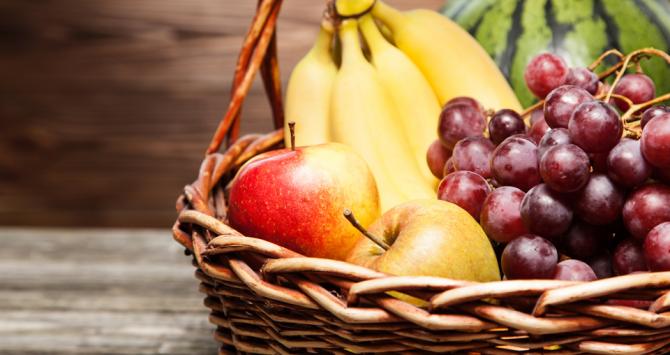
Liberian Thanksgiving Traditions
Founded in the late 19th century by freed slaves from the U.S., the West African country of Liberia shares some of its traditions—including a version of the American Thanksgiving held on the first Thursday in November. Christian Liberians celebrate with a version of the cornucopia; they bring baskets brimming with local fruits like pineapples, bananas, mangoes and papayas to their churches and hold an auction for them after the service. Concerts, dancing and home-based family feasts centered on chicken and mashed cassavas follow the church-based activities.
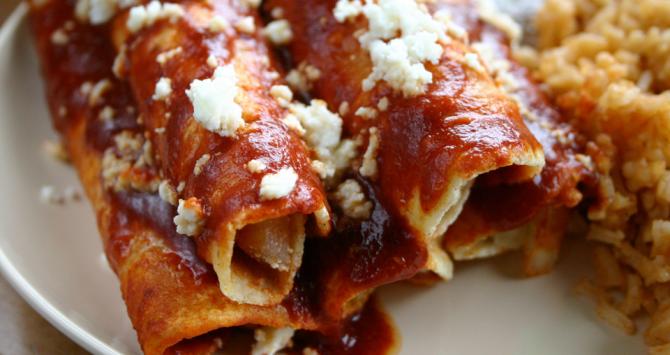
Mexican Thanksgiving: Día de Acción de Gracias
Due to the numerous Mexicans who have returned to their homeland after spending time in America and the roughly 1 million American residents who have emigrated from the United States to Mexico, Thanksgiving is becoming increasingly popular there. The Mexican celebration of Día de Acción de Gracias reflects a variety of native traditions.
Since Thanksgiving arrives a few days after Revolution Day, which is celebrated with food, parades and fireworks, the festive atmosphere is usually carried through to Thanksgiving. But it is also a religious holiday—a time to express gratitude for the year’s blessings. Typically, each guest at the Thanksgiving meal delivers a prayer of thanks.
The Mexican Thanksgiving meal may feature turkey with green mole sauce or spicy chipotle peppers. Turkey enchiladas and marinated roast pork are also common main dishes. Side accompaniments include chorizo pumpkin soup, candied pumpkin and cranberry or kumquat salsa with chilis and cilantro.
The Netherlands Celebrate the Pilgrims
About 40% of the British adults known as the Pilgrims who sailed from England to America on the Mayflower came to Plymouth, England from the city of Leiden in the Netherlands where they lived and worked from 1609 to 1620. Today, the citizens of Leiden celebrate the perseverance and good fortune of the early American settlers who once lived in the Dutch city with a non-denominational service held in the 900-year-old Pieterskerk church on the fourth Thursday of November. The service is followed by cookies and coffee.
Northfolk Island's Thanksgiving Tradition
This remote former British penal colony located in the South Pacific off the eastern coast of Australia celebrates Thanksgiving on the last Wednesday of November. The tradition has its roots in the mid-1890s when American trader (and eventually, U.S. consul) Isaac Robinson came up with a way to lure U.S. whalers to a Thanksgiving service and celebration—decorate the All Saints Church in the capital city, Kingston, with palm leaves and lemons. He sparked a continuing custom though he died before he could see it take place a second time.
To celebrate these days, families bring fruit and vegetables to church, tie cornstalks to the pews, decorate the alter and font with flowers, then sell the bounty afterwards to raise funds for church preservation. During the Thanksgiving service, parishioners sing some American hymns, usually those that hold special meaning for the islanders. They also enjoy a meal of cold pork and chicken, pilihi and pumpkin pie.
South Korean Thanksgiving Holiday: Chuseok Day
South Koreans celebrate a holiday called Chuseok Day that is very similar to American Thanksgiving but held in mid to late September. Koreans usually spend Chuseok Day with family members, express gratitude to their ancestors and celebrate the autumn harvest by sharing a meal full of fall bounty. Additional celebrations include ancestor memorial services, Korean wrestling and Korean circle dances.
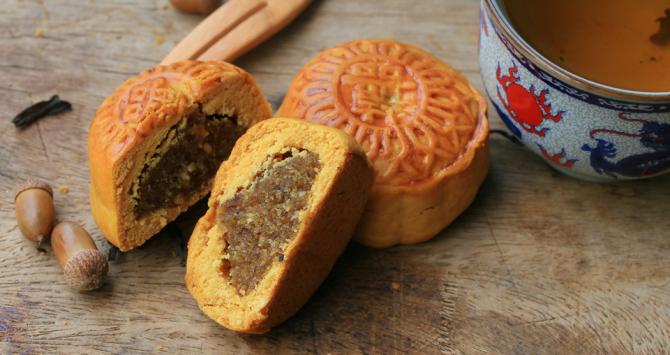
Vietnam's Thanksgiving: Têt-Trung-Thu Festival
Like China, Vietnam holds its version of Thanksgiving—Têt-Trung-Thu Festival, which is also known as the Mid-Autumn Moon Festival or Children’s Festival—on the 15th day of the eighth month of the lunar calendar. Vietnamese folklore has it that the holiday was intended to give parents an opportunity to make amends to children who may have been neglected because of the adults’ all-consuming harvesting responsibilities. On this day, the Vietnamese give thanks, children sporting colorful lanterns in a variety of shapes parade down the streets while singing, dancers perform traditional dragon and flower dances and families gather together. One custom is to give Banh Trung Thu, moon cakes filled with lotus seeds, orange peels, ground beans and featuring a vivid yoke in the center to represent the moon.
Many Vietnamese communities in the U.S. stage Mid-Autumn Moon Festivals, for example Washington, DC and San Jose.

